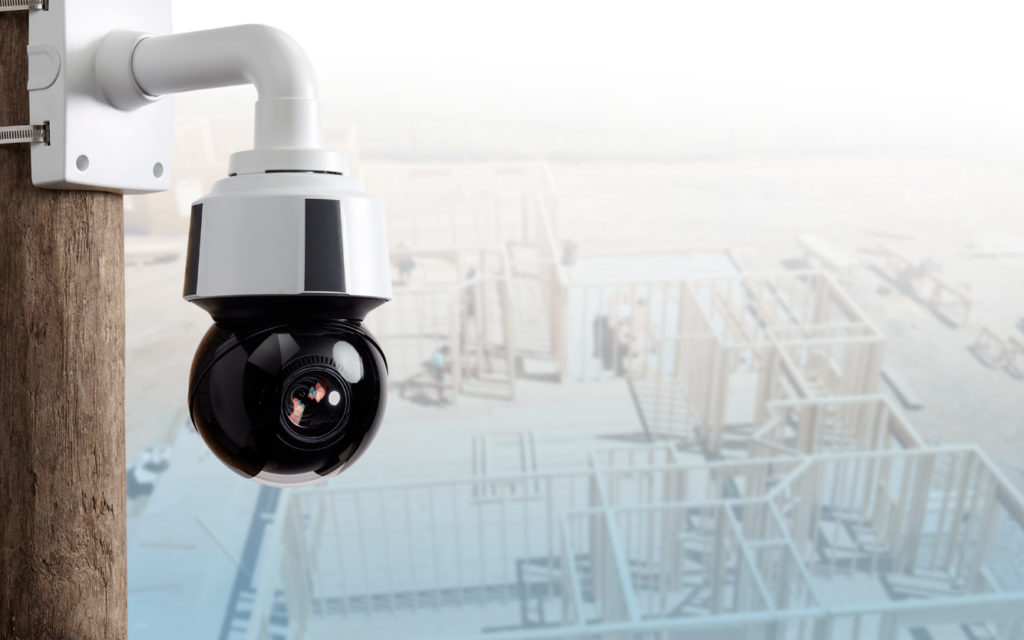
The construction industry is ever-evolving — and so are the rules and regulations that govern it. OSHA’s 2020 agenda prioritizes multiple reviews, adjustments and proposals for new compliance standards. And inspections are happening more often than ever. In 2019 alone, OSHA conducted 33,401 inspections addressing violations related to trenching, falls, chemical exposure, silica and other hazards.
To make matters even more complicated, regulations are ever-changing, which makes compliance a constant and ongoing challenge for construction firms. OSHA has already issued noncompliance fines across the U.S. in 2020, many of which exceed $40,000.
Construction cameras can help to simplify compliance by keeping a watchful eye on jobsite activity and providing visual proof that a firm and its workers are complying with policies, procedures, and new and existing regulations. Here’s how:
1. Real-time jobsite surveillance.
In large construction firms, a project manager may be responsible for managing multiple jobsites. Being on-site at all times to perform inspections and enforce policies and procedures is unrealistic. Cameras empower construction firms to have meticulous oversight for their projects and workers across all jobsites, wherever they are. Advanced solutions enable remote, 360-degree views of jobsite activity, so managers can see potential security issues or compliance violations in real time and take rapid action, even when they’re not on-site.
2. Visual proof of compliance for audits and inspections.
Manual inspections are difficult to document, and paper-based logs that record jobsite activity are error-prone and easy to damage or lose. In short, they’re unreliable, and in case of a compliance audit, most likely insufficient to prove your firm is constantly adhering to regulations.
But video footage and photos are yet another way construction cameras improve compliance. They provide visual proof and documentation. Advanced camera solutions enable firms to store all video evidence in the cloud. Features such as time-stamping and the ability to search by date, tag or image type make image retrieval easy and help auditors and inspectors find the information they need quickly.
3. Adherence to policies and procedures.
The mere presence of surveillance cameras on a jobsite can increase the likelihood of compliance. Studies have shown that construction workers have exhibited a higher level of effort and productivity when cameras are present. Just knowing they’re being watched keeps them on their toes, and they’re more likely to make the effort to follow policies and procedures that help keep firms compliant with OSHA’s regulations.
What’s more, the ability to view live video footage from anywhere keeps project managers informed about any potential mistakes, hazards or policy violations. With real-time insight into jobsite activity, managers won’t be taken by surprise if problems arise, and they can take immediate action to remediate issues that could result in noncompliance.
4. Enhanced compliance training.
The turnover rate for U.S. construction workers is 21.4% — one of the highest rates among any industry. That means construction firms are training new workers all the time. It’s critical for firms to make sure new employees are knowledgeable about all policies and procedures related to compliance — and a picture is worth a thousand words. According to Forrester Research, employees are 75% more likely to watch a video than to read documents, emails or web articles. Video footage and photos from construction cameras make excellent training tools, providing visual examples to supplement written training materials and drive home the importance of compliance.
The compliance landscape will continue to evolve, placing intense pressure on construction firms to enforce strict policies and procedures, and prove compliance during inspections and audits. TrueLook Construction Cameras can help improve compliance. To learn more, watch a live demo or read about TrueLook’s wide array of camera solutions.

